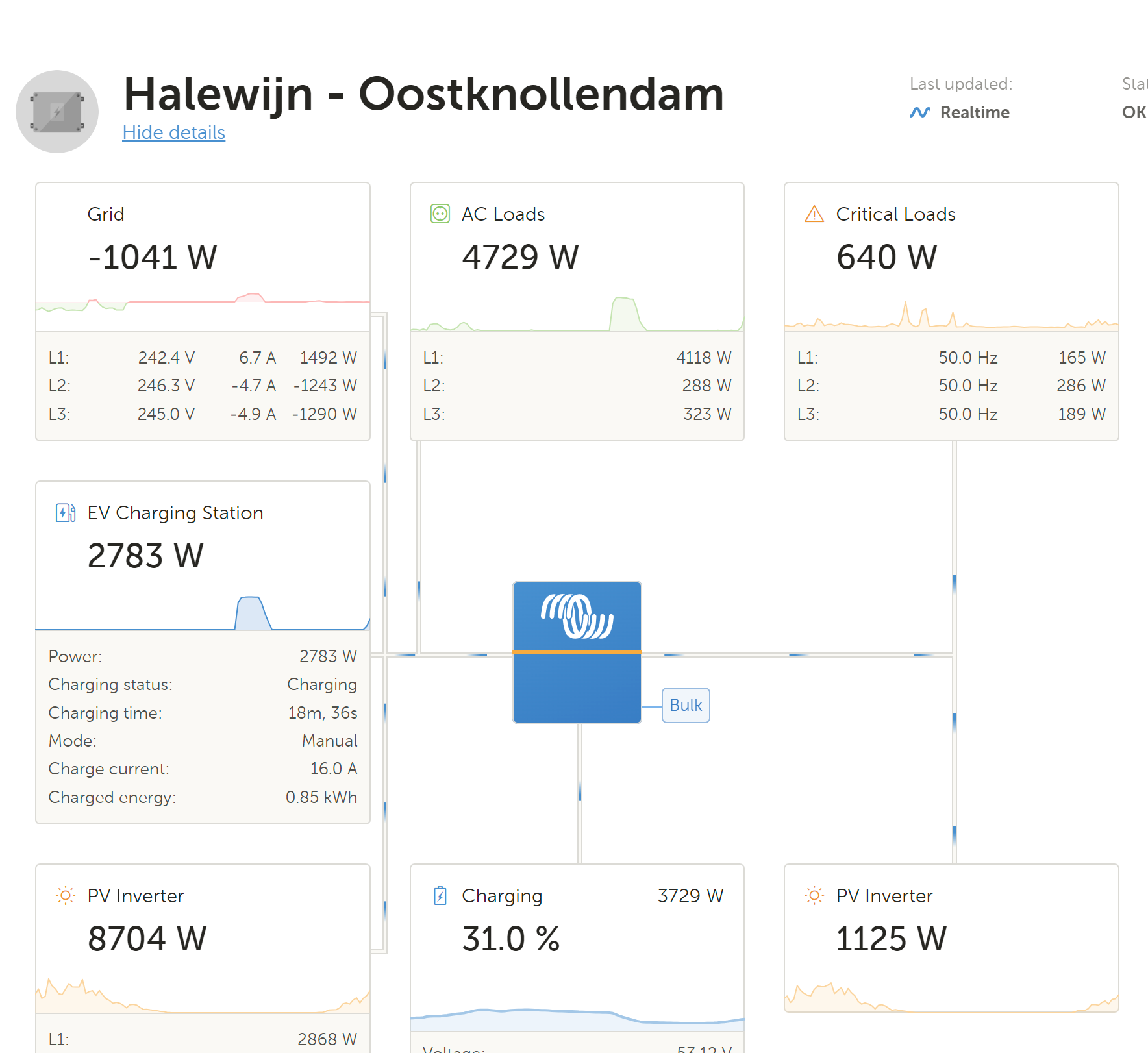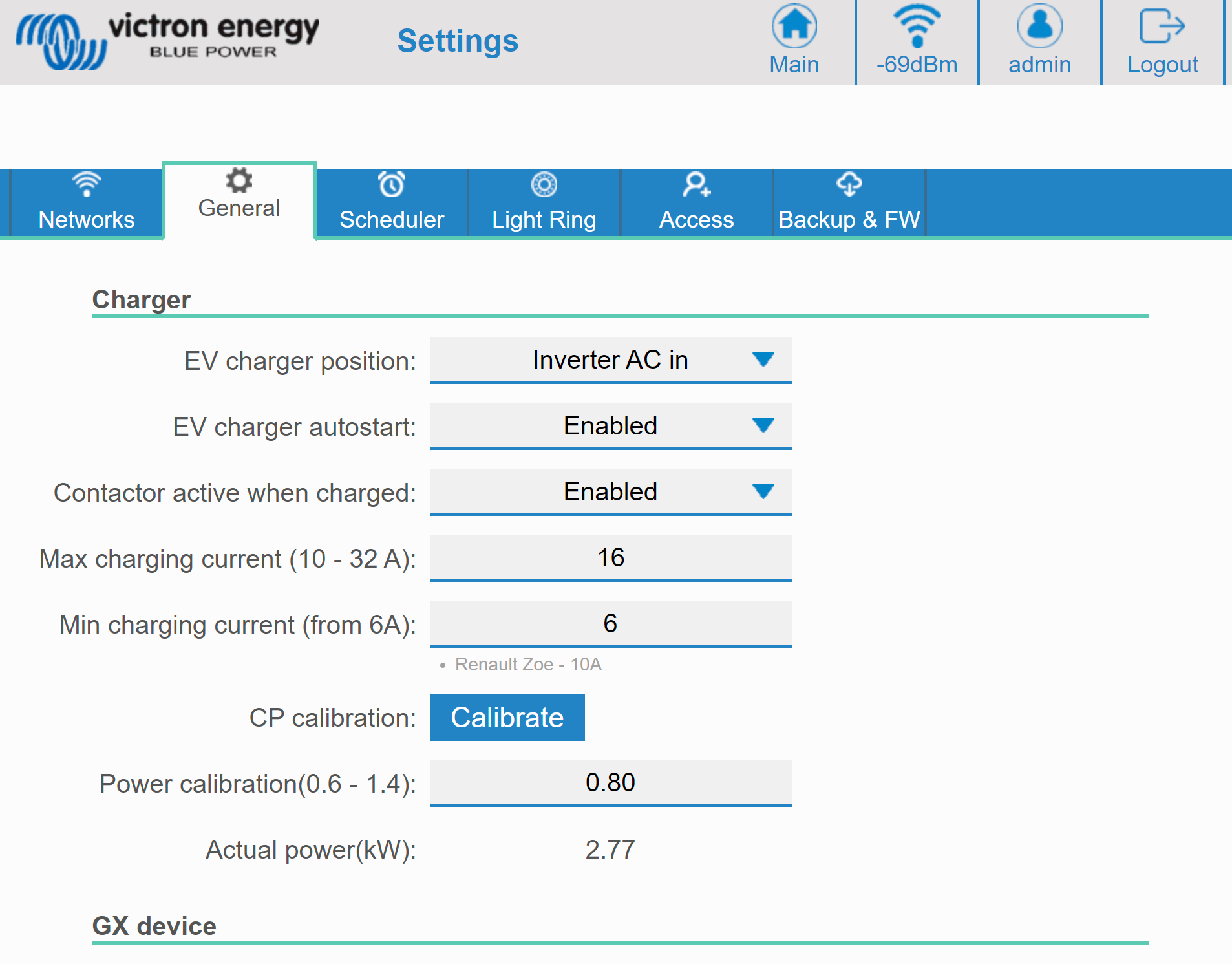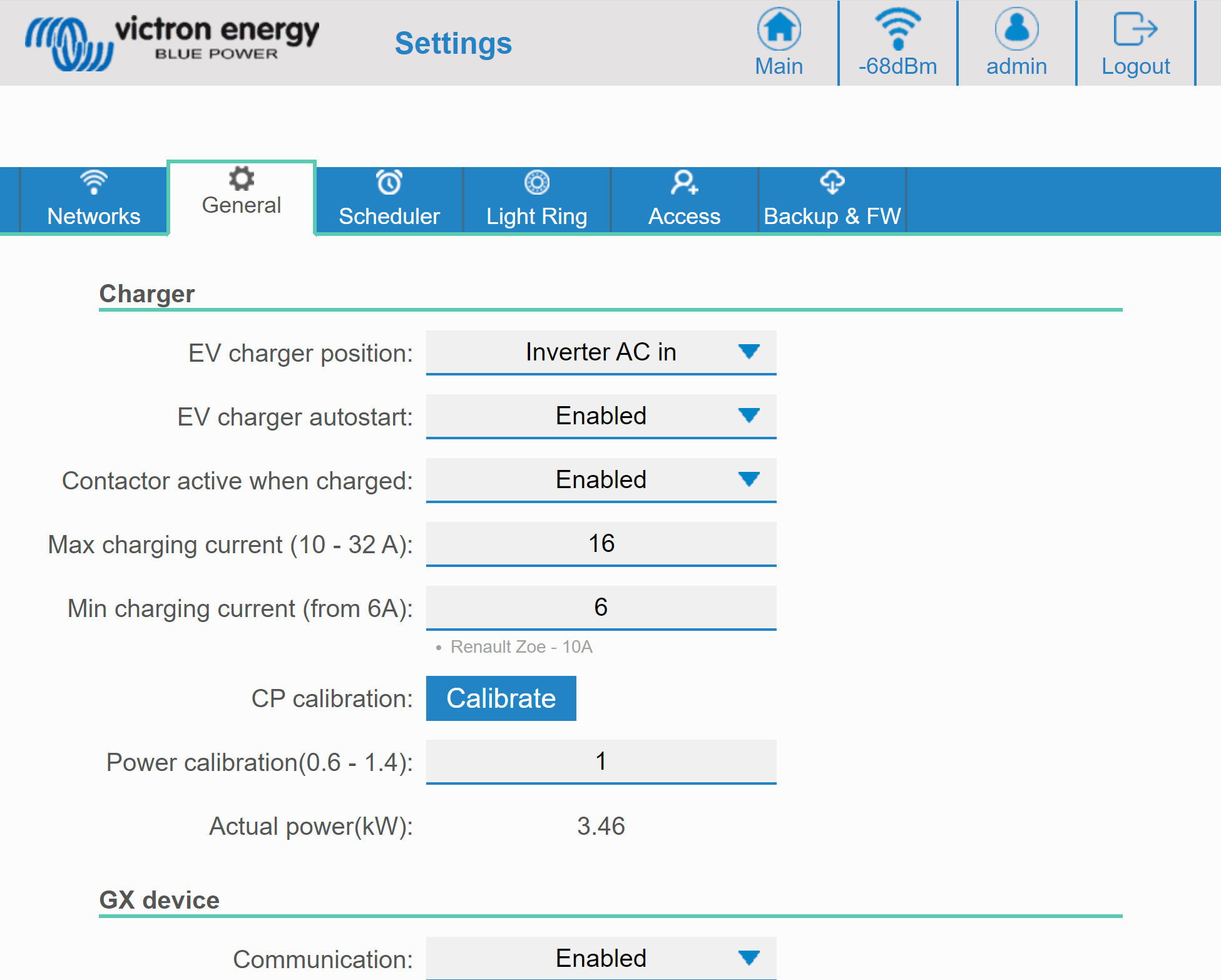Hi, I'm using the EV Charger (old style) for 12 months now. Until now I didn't pay attention to the power calibration so I can't tell you if this was differently with previous firmware versions.
If I want to charge 3-phase cars, I have to set the power calibration setting to 0.8 to reflect real power. I can check this with smartmeters in my cabinet. But when I charge a hybrid-car (single phase) I have to change the calibration setting to 1 to see real power taken.

These pictures show the charging of single phase. You can notice the charge rate reported by EV Charger (2783) and the AC loads (4729, there are some small additional loads there).

Above picture is with power calibration set to 0.8
next picture shows right value after changing to 1.

If yoy want, I can supply the same pictures for a 3 phase car.
Why is this?
